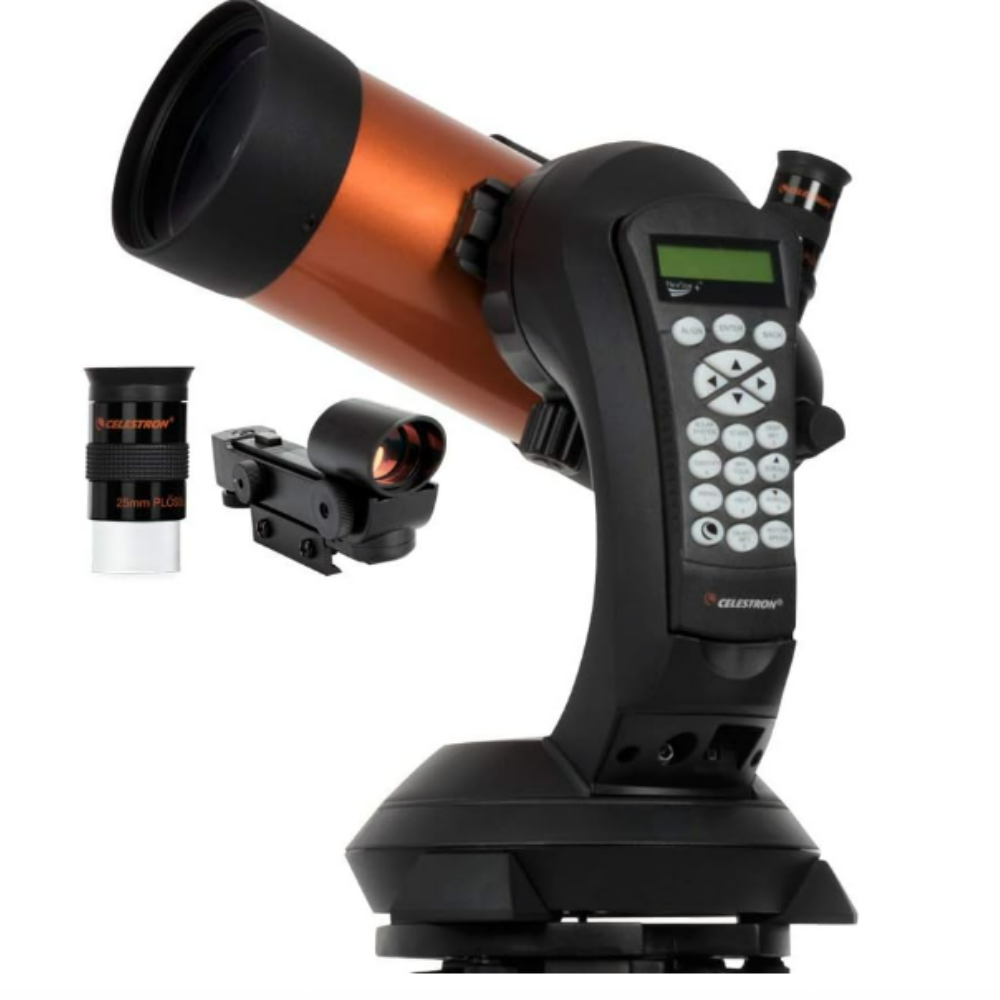On Friday, May 2, you have a great chance to spot the enormous ice giant Neptune alongside Saturn and Venus in the pre-dawn sky, before they start to drift apart later in the month.
To view this stellar trio, find a good stargazing location with a clear view of the horizon. Head out about an hour before sunrise, which will be at 5:53 a.m. EDT (0953 GMT) for those watching from New York. They will start to rise above the horizon by 4:40 a.m. EDT (0830 GMT) and will continue to ascend in the sky until the sun brightens the surroundings.
Venus, shining at a magnitude of -4.41, will be the brightest of the trio, positioned highest above the horizon, with Saturn (magnitude +1.19) sitting to its lower right just a few degrees away. The fainter Neptune will be found down and slightly right of Venus, roughly two finger widths apart—or about half the distance between Venus and Saturn.
TOP TELESCOPE PICK:

Want to get a closer look at Venus, Saturn, and Neptune? The Celestron NexStar 4SE is perfect for beginners seeking quality and reliable views of celestial bodies. For a more detailed evaluation, check out our Celestron NexStar 4SE review.
Keep in mind, the lower the magnitude of a celestial object, the brighter it appears in the night sky. Neptune has a magnitude of +7.94, which is dimmer than what the naked eye can see (typically around +6.5 in dark conditions). This means you’ll need high-powered binoculars or, even better, a decent telescope to spot it as a small blue dot.
All three planets will fit nicely within the view of standard binoculars. However, if you decide to go planet spotting, remember to never look directly at the rising sun, which will appear shortly after Neptune. Doing so may result in serious and lasting eye damage.
Throughout early May, the triangular arrangement of the planets will gradually change in the morning sky. For example, on May 9, Neptune, Venus, and Saturn will align almost perfectly across the eastern horizon. By the end of the month, Saturn and Neptune will seem to distance themselves from Venus, climbing higher in the sky while Venus stays closer to the horizon.
Are you looking for binoculars or a telescope to observe the planets of our solar system? Our guides for the best binocular deals and telescope purchases can assist you. Our guides on the best cameras for astrophotography and the best lenses can also help you get ready to capture your next skywatching event, whether it’s breathtaking auroras, a planetary alignment, or a tranquil, starry night.
Editor’s note: If you want to share your night sky photos with the readers of Space.com, please send them to spacephotos@space.com.

